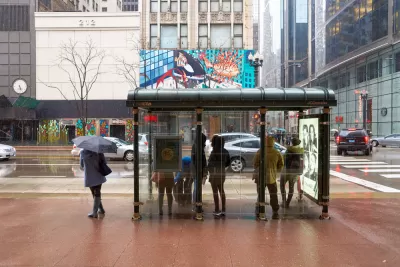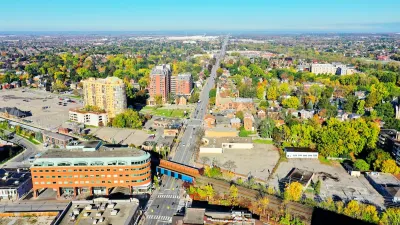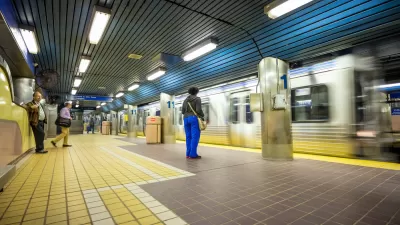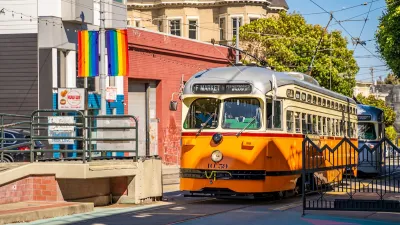Transit agencies use complex models to predict future ridership, but these have not yet caught up with the still-changing post-pandemic travel needs of transit users.

With post-pandemic travel patterns still in flux, predicting transit ridership is becoming more challenging than ever, writes Jared Brey in Governing.
Despite the growth of sophisticated modeling methods in recent years, the most that many transit agencies can say at this point is that “The future is either going to be very bleak, surprisingly OK, or, in all likelihood, an unpredictable mixture of the two.” Brey explains that “Transit agencies try to predict future ridership for all types of scenarios — not just when making their yearly budgets but also when considering the impact of service changes or fare increases, and when applying for funding to build out new bus and train lines.” Now, agencies must collect new data to understand how the needs of transit users are changing.
Brey points out that even though ridership projections are used in federal grantmaking, “projections made in decades past have often proven to be wildly off-base.” More recently, agencies receiving New Starts federal grants are required to provide before-and-after studies to assess the accuracy of their projections.
Carole Turley Voulgaris, an assistant professor of urban planning at the Harvard Graduate School of Design, notes that “In some ways, the roughly sketched scenarios that many transit agencies are projecting in their budget documents have an advantage over highly complex processes that are used to generate a single prediction of the most likely future scenario.” With so much uncertainty still looming, understanding the range of possible scenarios can help agencies plan more effectively for a variety of future situations.
FULL STORY: Predicting Future Transit Ridership Is Trickier Than Ever

Alabama: Trump Terminates Settlements for Black Communities Harmed By Raw Sewage
Trump deemed the landmark civil rights agreement “illegal DEI and environmental justice policy.”

Planetizen Federal Action Tracker
A weekly monitor of how Trump’s orders and actions are impacting planners and planning in America.

The 120 Year Old Tiny Home Villages That Sheltered San Francisco’s Earthquake Refugees
More than a century ago, San Francisco mobilized to house thousands of residents displaced by the 1906 earthquake. Could their strategy offer a model for the present?

San Francisco Opens Park on Former Great Highway
The Sunset Dunes park’s grand opening attracted both fans and detractors.

Oregon Legislature to Consider Transit Funding Laws
One proposal would increase the state’s payroll tax by .08% to fund transit agencies and expand service.

Housing Vouchers as a Key Piece of Houston’s Housing Strategy
The Houston Housing Authority supports 19,000 households through the housing voucher program.
Urban Design for Planners 1: Software Tools
This six-course series explores essential urban design concepts using open source software and equips planners with the tools they need to participate fully in the urban design process.
Planning for Universal Design
Learn the tools for implementing Universal Design in planning regulations.
Clanton & Associates, Inc.
Jessamine County Fiscal Court
Institute for Housing and Urban Development Studies (IHS)
City of Grandview
Harvard GSD Executive Education
Toledo-Lucas County Plan Commissions
Salt Lake City
NYU Wagner Graduate School of Public Service





























